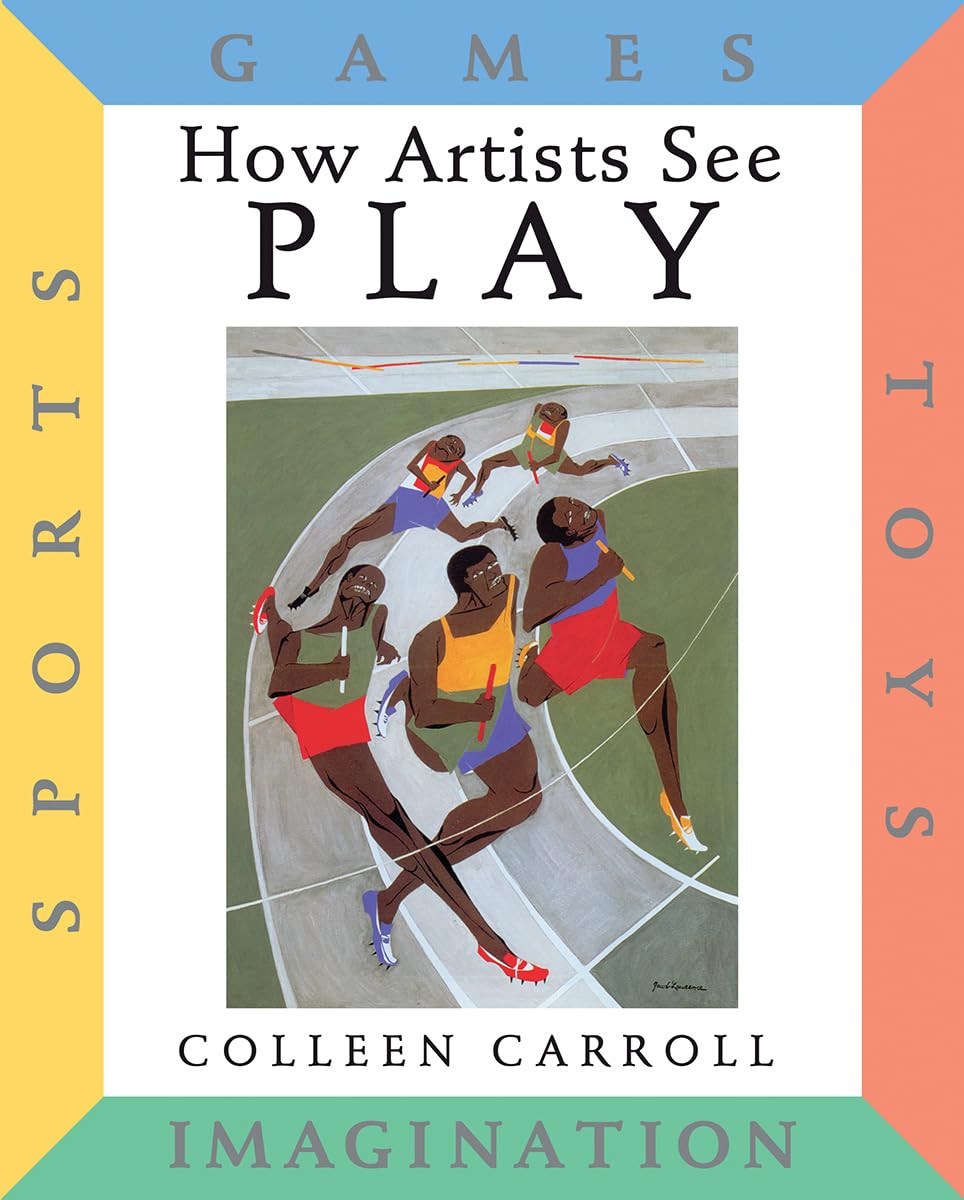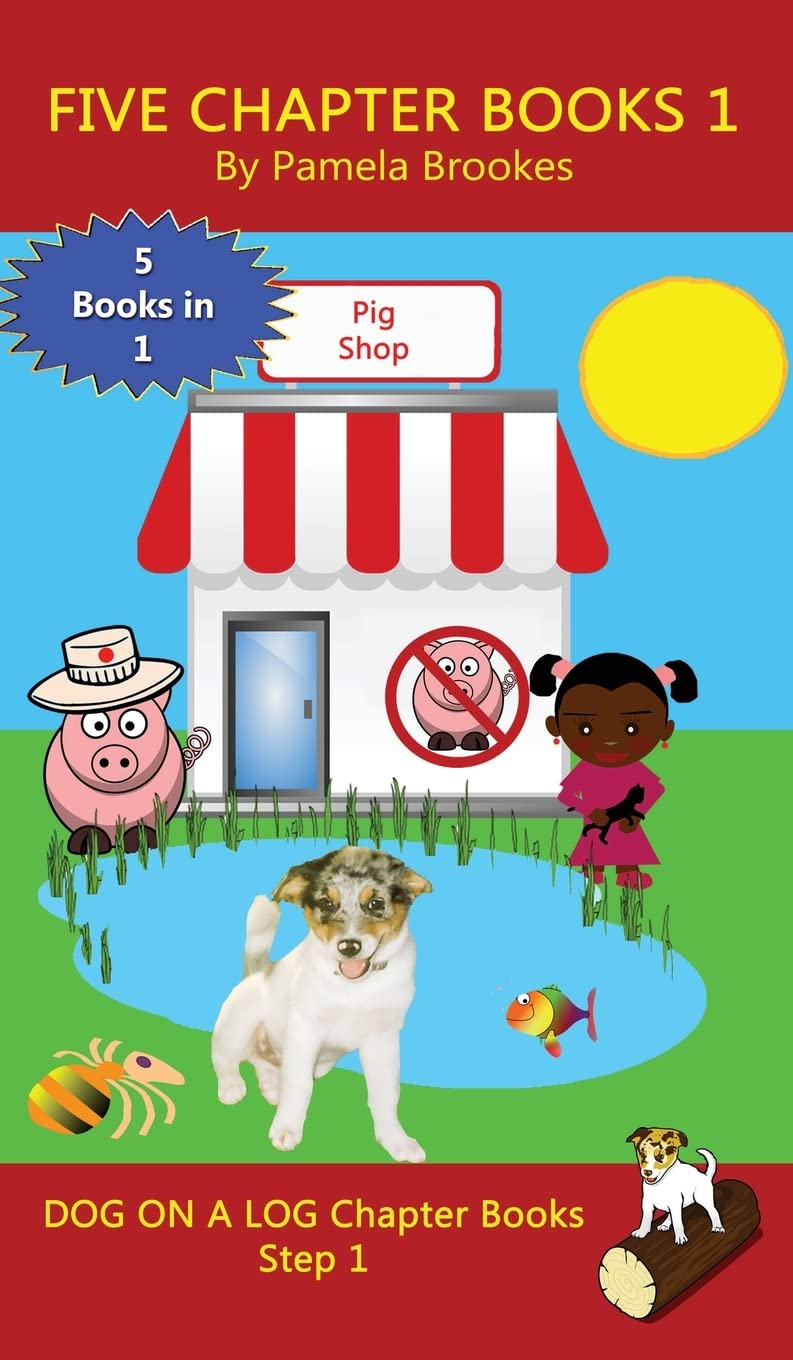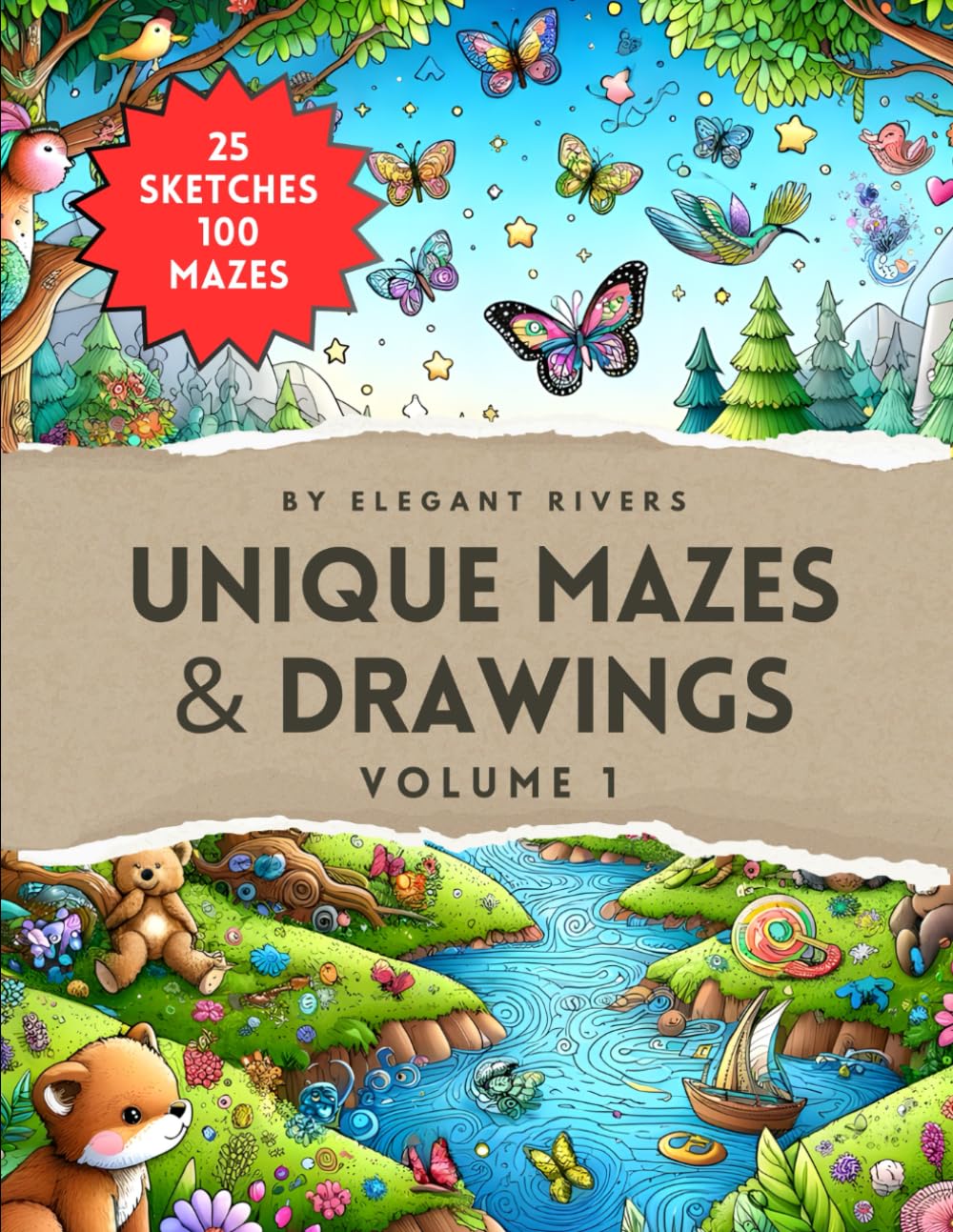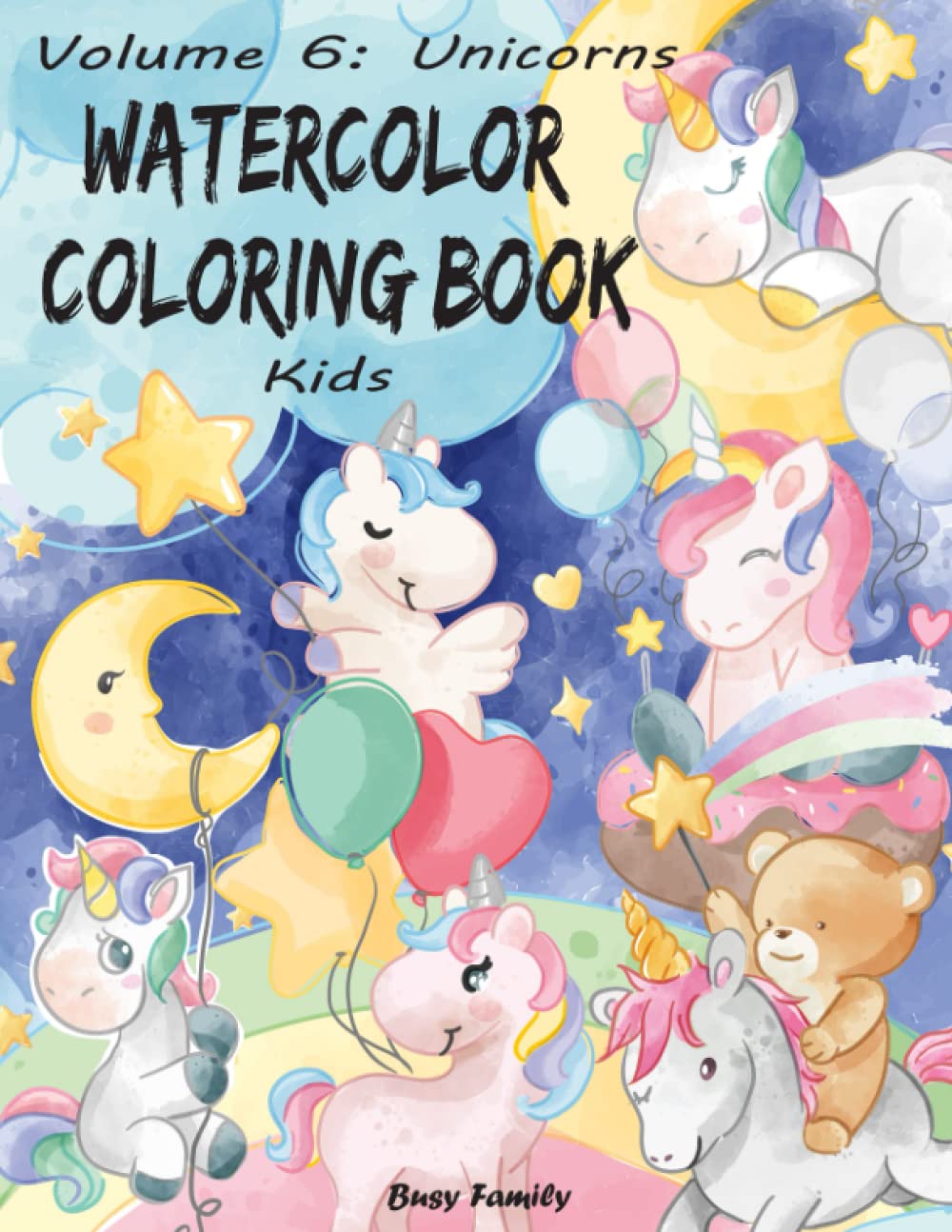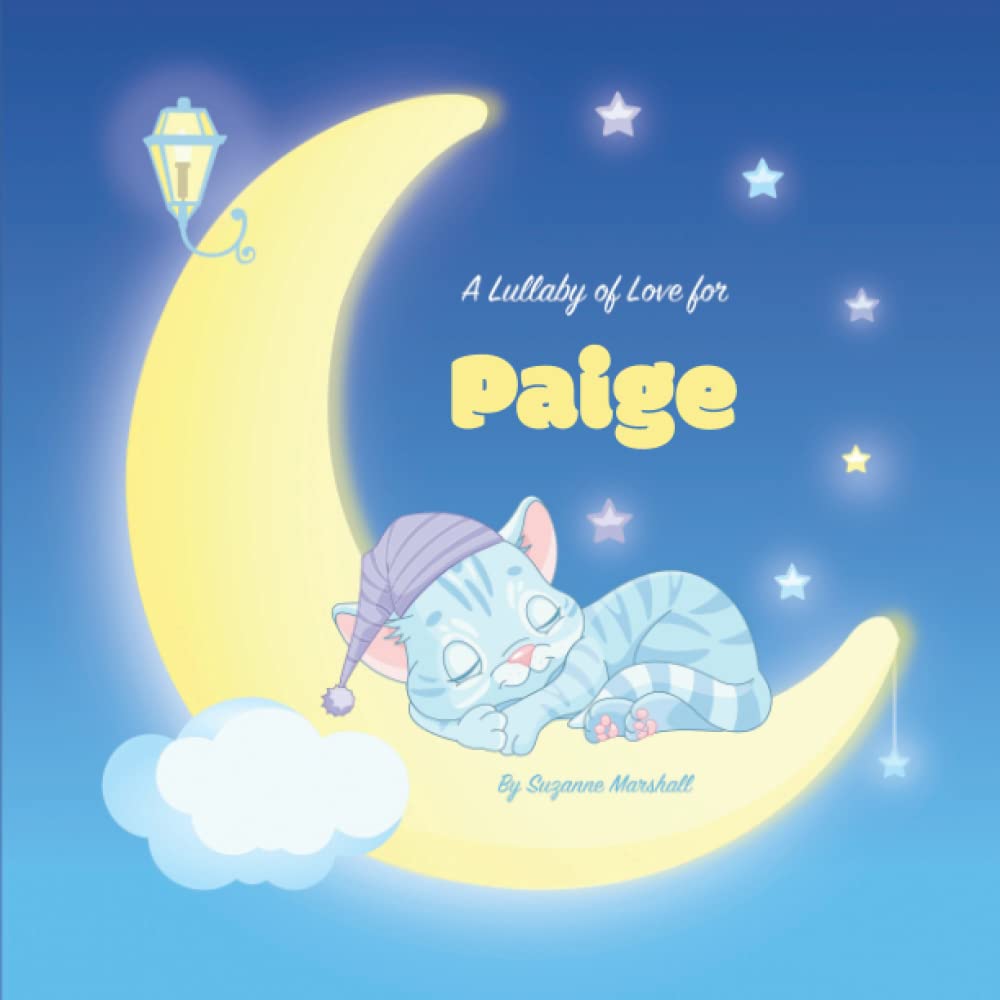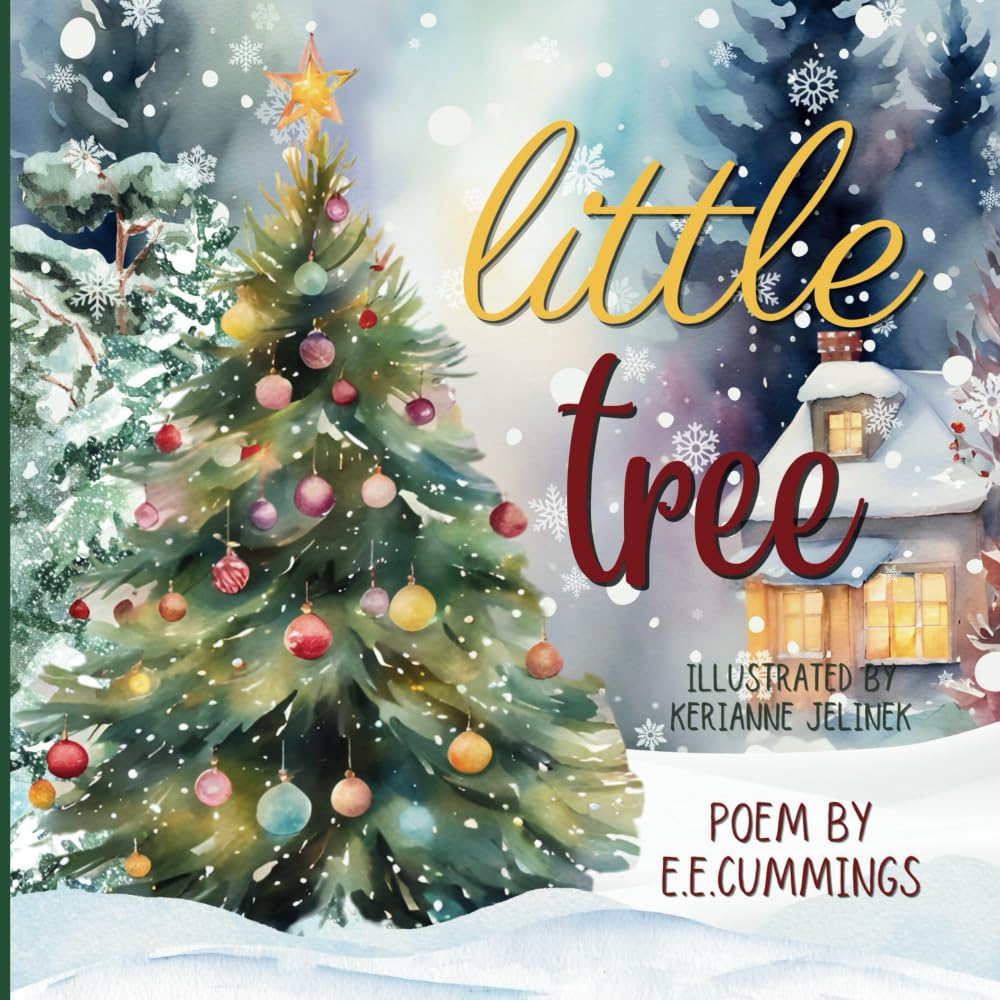Abbeville Kids expands its award-winning series of interactive, inquiry-based books designed to teach children about the world by looking at art, and about art by looking at the world. In How Artists See Play children can see how Jacob Lawrence chose bright colors and strong curving lines to convey the speed and energy of Olympic relay racers; how Maxfield Parrish used his imagination to paint a whimsical dragon; how Jean-Baptiste Chardin painted a boy blowing a soap bubble so realistically that it seems you could pop the bubble with your finger; and how Dick West depicted a community of Native Americans enjoying a winter field day. Each volume in the How Artists See series presents sixteen diverse works of art, all devoted to a subject that every child already knows from personal experience. Author Colleen Carroll's engaging, conversational text is filled with thought-provoking questions and imaginative activities that spark children's natural curiosity both about the subject of the artwork they are looking at and about the way it was created. This direct, interactive approach to art―and to the world―promotes self-exploration, self-discovery, and self-expression. As it introduces basic artistic concepts, styles, and techniques, it also provides loads of fun. For children who want to know more about the artists whose works appear in the book, biographies are provided at the end, along with suggestions for further reading and an international list of museums where each artists works can be seen. As they begin to understand the multitude of ways that artists see, children will deepen their appreciation of art, the world around them, and, most importantly, their own unique visions. Unlike much art historydistinguished and scholarlythis examination of playful artworks is anything but solemn. Carroll chooses works that include elements of human play: toys, sports, and imagination. She then asks questions about the works that encourage viewers to locate the answers by looking, thinking, and doing. For The Discus Thrower, for example, she suggests imitating the athlete's pose, to see which muscles are used. Brief biographies of the artists and facts about the art are thoughtfully included at the end of the book. The numerous reproductions are large and clear, with a range of artists represented (Chagall, Rockwell, Calder, Lawrence, Manet, etc.) as well as a range of styles (Japanese, Egyptian, Native American, and more). A Child's Book of Play in Art (1996) is bigger and bolder, but it is aimed at a slightly younger audience; it looks at art playfully, rather than looking at art about playing. Used together, the books demonstrate the connection between the imagination and art. (Nonfiction. 8-11) -- Copyright ©1999, Kirkus Associates, LP. All rights reserved. Praise for the How Artists See series: " How Artists See Cities and How Artists See Play …promote creative thinking and expression…Imagination-stirring text accompanies each painting as Carroll describes content, composition, line, technique and mood, and asks interesting and playful questions to spark children's creative responses." — Los Angeles Times "Carroll's series
eclipses the competition
How Artists See has the makings of a classica core experience for budding art enthusiasts to build on." Publishers Weekly "Wow! If you have been looking for a way to get children interested in art, call off the search, it just doesn't get any better than this." Children's Literature Choice List "
These are first-rate art appreciation guides for adults and young children together, or older readers alone." Children's Literature Review Colleen Carroll has been involved in education for nearly three decades as a classroom teacher, curriculum writer, and literacy specialist. She lives in the New York City area, where she writes and teaches reading. Excerpt from: How Artists See Play Note to Parents and Teachers As an elementary school teacher I had the opportunity to show my students many examples of great art. I was always amazed by their enthusiastic responses to the colors, shapes, subjects, and fascinating stories of the artists lives. It wasn't uncommon for us to spend an entire class period looking at and talking about just one work of art. By asking challenging questions, I prompted the children to examine and think very carefully about the art, and then quite naturally they would begin to ask all sorts of interesting questions of their own. These experiences inspired me to write this book and the other volumes in the How Artists See series. How Artists See is designed to teach children about the world by looking at art, and about art by looking at the world through the eyes of great artists. The books encourage children to look critically, answerand askthought-provoking questions, and form an appreciation and understanding of an artist's vision. Each book is devoted to a single subject so that childre
